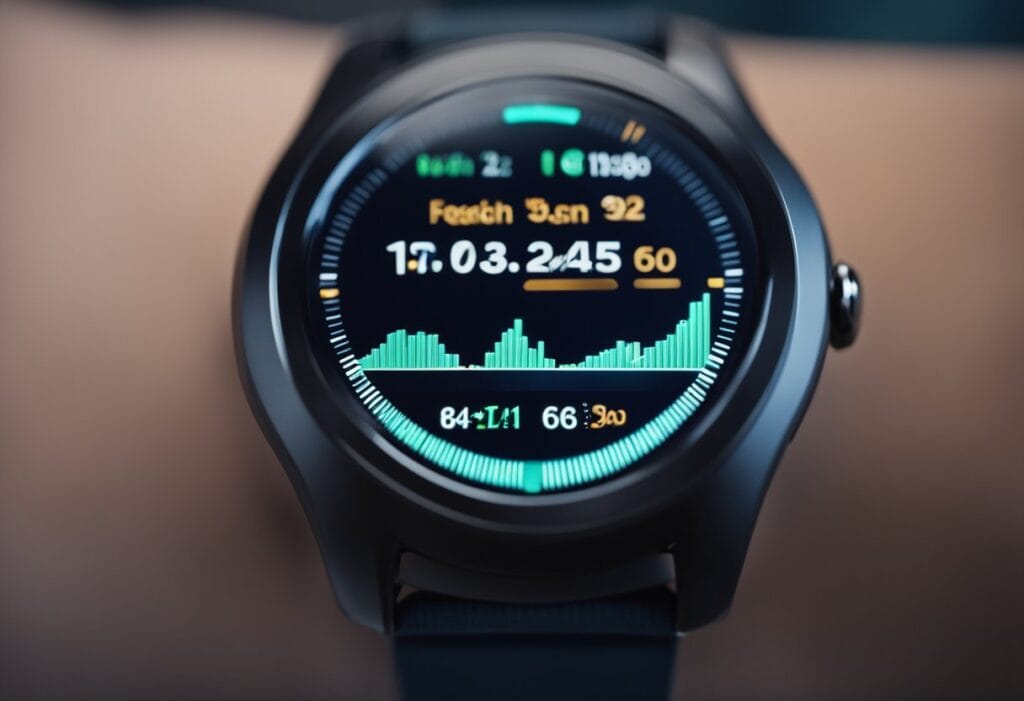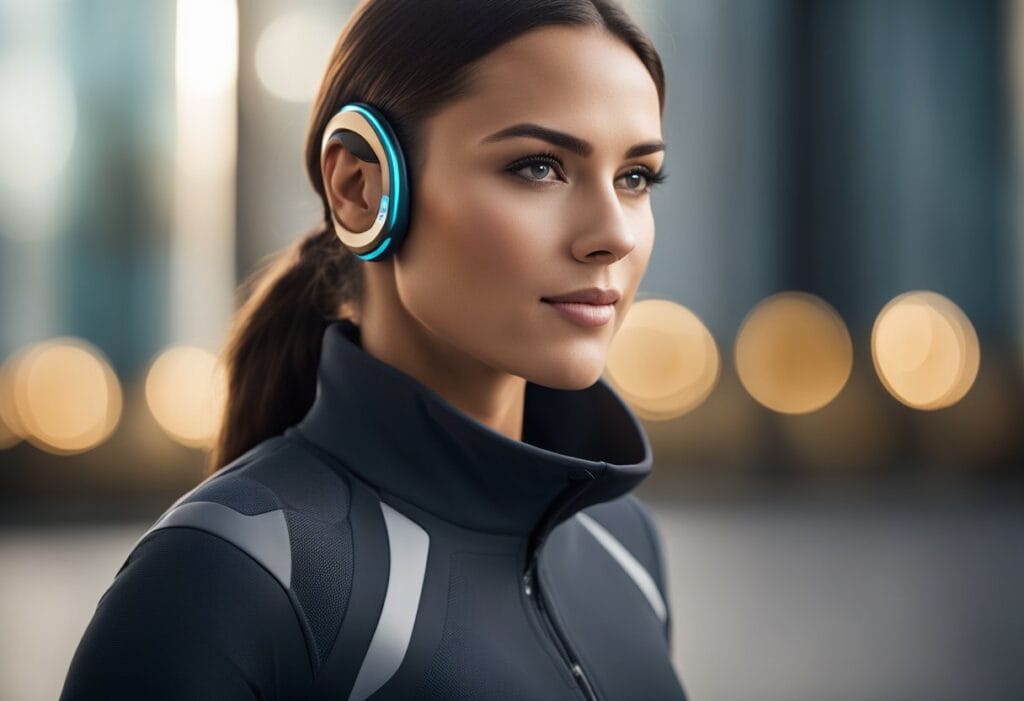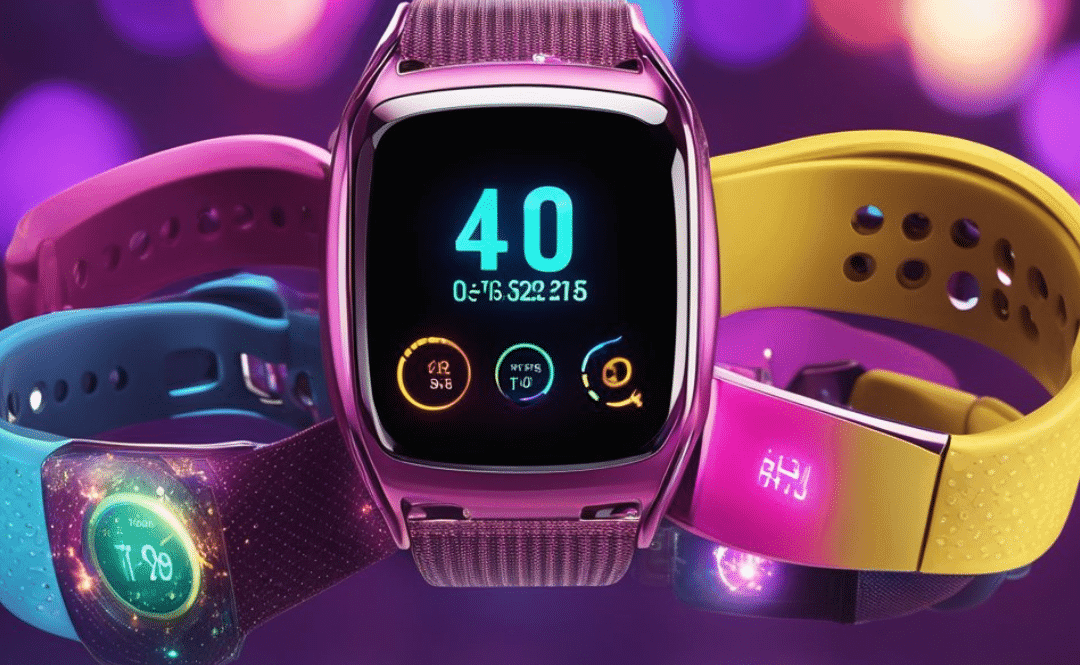The world of wearable fitness technology has seen significant advancements in recent years, revolutionizing the way we track and monitor our physical activity. From smartwatches to fitness bands and advanced health rings, the market offers a wide array of options designed to cater to diverse fitness needs. These wearable devices are equipped with sophisticated sensors and cutting-edge technology, providing users with valuable insights into their health and fitness metrics.

As technology continues to evolve, the range of features and capabilities in wearable fitness technology has expanded significantly. Today’s fitness wearables not only track basic metrics such as steps taken and calories burned, but also offer advanced functionalities such as heart rate monitoring, sleep tracking, and GPS navigation. With an increasing emphasis on personalized fitness experiences, these devices are designed to cater to a variety of activities, from running and cycling to swimming and weightlifting.
Key Takeaways
- Wearable fitness technology has evolved to offer a wide range of features, from basic activity tracking to advanced health monitoring.
- The market provides diverse options, including smartwatches, fitness bands, and health rings, to cater to individual fitness needs.
- Advanced capabilities such as heart rate monitoring, sleep tracking, and GPS navigation are now standard in many fitness wearables.
Wearable Fitness Technology
| Short Name | Rating | Price |
|---|---|---|
| Proyoo Heart Rate & Sleep Tracker | 4.4 | $43.99 |
| Smart Watch Fitness Tracker | 4.4 | $45.99 |
| Amazfit Band 5 | 4.0 | $38.98 |
| WHOOP 4.0 Tracker | 4.0 | $239.00 |
| Stat Sports GPS Soccer Tracker | 4.1 | $299.99 |
| Fitness Tracker Smart Watch | 4.1 | $39.99 |
| Fitness Tracker AMOLED Touch | 4.2 | $28.99 |
| KALOC AMOLED Smart Watch | 4.2 | $39.99 |
| KALINCO Heart Rate Monitor | 3.9 | $16.99 |
| LIVIKEY Fitness Tracker | 3.7 | $19.99 |
| Yowow BIT Health Monitoring | 3.7 | $99.00 |
*Please note that prices and ratings are subject to change, and the prices listed may not include potential additional discounts such as coupons or special offers available at the time of purchase. Additionally, the ratings are based on customer reviews and can fluctuate over time. Amazon Affiliate Link.
Evolution of Wearable Fitness Technology
Wearable fitness technology has come a long way since the first pedometer was invented in the 18th century. Today, we have smartwatches and fitness trackers that can monitor our heart rate, track our steps, and even analyze our sleep. In this section, we will take a closer look at the evolution of wearable fitness technology, from pedometers to smartwatches.
From Pedometers to Smartwatches
The first wearable fitness technology was the pedometer, which was invented in the 18th century. Pedometers were simple devices that could only count the number of steps a person took. In the 1980s, the first electronic pedometers were introduced, which were more accurate than their mechanical counterparts.
In the 2000s, the first fitness trackers were introduced, which were able to track not only the number of steps a person took but also their heart rate, calories burned, and other metrics. These early fitness trackers were bulky and expensive, but they paved the way for the more advanced wearable fitness technology we have today.
Today, we have smartwatches that can do much more than just track our fitness. Smartwatches can receive notifications, make phone calls, and even control our home appliances. They are essentially mini-computers that we wear on our wrists.
Key Milestones in Fitness Tracking
Here are some key milestones in the evolution of wearable fitness technology:
- 18th century: The first pedometer is invented.
- 1965: The first heart rate monitor is invented.
- 1980s: The first electronic pedometers are introduced.
- 2000s: The first fitness trackers are introduced.
- 2010s: Smartwatches with fitness tracking capabilities are introduced.
- 2020s: Wearable fitness technology continues to evolve, with new features and capabilities being added all the time.
Overall, the evolution of wearable fitness technology has been driven by a desire to make it easier for people to track their fitness and monitor their health. As technology continues to advance, we can expect to see even more advanced wearable fitness technology in the future.
Choosing the Right Fitness Wearable
When it comes to Wearable Fitness Technology, choosing the right device can make a huge difference in achieving your fitness goals. With so many options available, it can be overwhelming to decide which one to choose. In this section, we will break down some of the key factors to consider when selecting a fitness wearable.
Assessing Features and Style
The first thing to consider when choosing a fitness wearable is the features and style that best fit your needs. Some devices offer basic tracking of steps, calories, and distance, while others include heart rate monitoring, GPS tracking, and sleep tracking. Think about your fitness goals and what features will help you achieve them. Also, consider the style of the device. Some wearables are designed to look like traditional watches, while others have a more sporty or futuristic look.
Price and Budget Considerations
Another important factor to consider when choosing a fitness wearable is the price and your budget. Prices can vary widely depending on the features and brand of the device. While some high-end wearables can cost several hundred dollars, there are also more affordable options available. Determine your budget and look for devices that fit within that range.
Compatibility with Smart Devices
It’s also important to consider the compatibility of the device with your smart devices. Most wearables require a smartphone to sync and track data. Make sure the device you choose is compatible with your smartphone, whether it’s an Apple or Android phone.
In summary, when choosing a fitness wearable, assess the features and style that best fit your needs, consider your budget, and ensure compatibility with your smart devices. By following this advice, you can select the right fitness wearable to help you achieve your fitness goals.
Core Functions of Fitness Trackers

Activity and Workout Tracking
Fitness trackers provide comprehensive activity and workout tracking, allowing users to monitor their daily physical activities, such as steps taken, distance traveled, and calorie burn. These devices offer valuable insights into exercise intensity, duration, and recovery, enabling users to optimize their fitness routines for better results. With accurate metrics and real-time data, users can track their progress and set achievable fitness goals.
Health and Sleep Monitoring
In addition to activity tracking, fitness trackers offer health and sleep monitoring features. They provide valuable data on heart rate, blood pressure, and blood oxygen levels, allowing users to gain insights into their overall health and well-being. Sleep tracking capabilities enable users to monitor their sleep quality, duration, and patterns, empowering them to make informed decisions to improve their sleep habits.
GPS and Distance Measuring
Many fitness trackers are equipped with GPS technology for precise distance measuring during outdoor activities such as running, cycling, or hiking. This feature enables users to accurately track their routes, pace, and performance, enhancing their overall workout experience. By leveraging GPS capabilities, users can analyze their workout data and make adjustments to their training regimen for optimal results.
Advanced Features and Technologies

As wearable fitness technology continues to evolve, manufacturers are packing more advanced features and technologies into their devices. These features are designed to provide users with a more comprehensive view of their fitness and health data, as well as to help them achieve their fitness goals more effectively.
Biometric and Health Data Analysis
One of the most significant advancements in wearable fitness technology is the ability to analyze biometric and health data. Premium devices now come equipped with advanced training features and algorithms that can track and analyze a range of biometric data, such as heart rate, ECG, and temperature sensing. This data can then be used to provide users with a more comprehensive view of their health and fitness, as well as help them optimize their training and recovery.
Integration with Fitness Apps and Services
Another significant advancement in wearable fitness technology is the integration with fitness apps and services. Many devices now offer seamless integration with popular fitness apps like Strava, as well as payment services like Google Wallet. Wear OS smartwatches even come with Google Assistant built-in, allowing users to access their favorite fitness apps and services hands-free.
In addition to fitness apps and services, many wearable fitness devices now come with built-in sleep coaches. These coaches use advanced algorithms to analyze sleep patterns and provide users with personalized recommendations to improve their sleep quality.
Overall, the advancements in wearable fitness technology have made it easier than ever for users to track and analyze their fitness and health data. With features like biometric data analysis and integration with popular fitness apps and services, users can achieve their fitness goals more effectively and efficiently than ever before.
Selecting Wearables for Specific Activities

When it comes to selecting the right wearable fitness technology for specific activities, it’s essential to consider the unique requirements of each exercise. We understand that different activities demand different features from fitness wearables. Therefore, we’ve broken down the selection process into three key categories: Running and Cycling, Strength Training and Gym Use, and Swimming and Water Sports.
Running and Cycling
For running and cycling enthusiasts, the focus is often on tracking performance metrics such as distance, pace, and heart rate. Running watches with GPS capabilities are particularly beneficial for mapping routes and tracking progress. Additionally, features like water resistance and long battery life are essential for outdoor activities, ensuring the device can withstand various weather conditions.
Strength Training and Gym Use
When it comes to strength training and gym workouts, wearables that provide insights into muscle activity and recovery can be advantageous. Devices with muscle heatmaps and upper body workout tracking can offer valuable data to optimize training sessions. Comfort and durability are also crucial factors, as gym-goers require wearables that can withstand intense workouts and provide accurate data.
Swimming and Water Sports
For swimmers and water sports enthusiasts, waterproof wearables with swim tracking capabilities are indispensable. Features such as stroke detection, lap counting, and water resistance are essential for accurately monitoring performance in the water. Additionally, wearables designed for water sports should prioritize secure fit and minimal drag to ensure comfort and ease of movement during sessions.
By understanding the specific requirements of each activity, we can make informed decisions when selecting the most suitable wearable fitness technology for our fitness goals.










